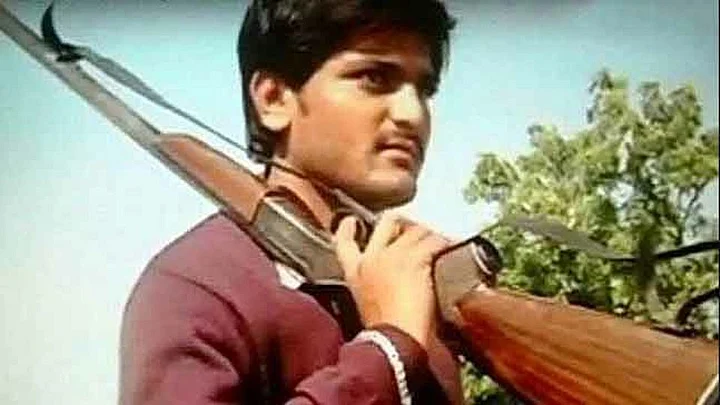PM Modi’s home state Gujarat has exploded with protests and incidents of violence by the wealthy and powerful Patel community. Lead by the 22-year-old Hardik Patel, the demand for reservations in government institutions has intensified in Gujarat. There have been incidents of vandalism, violence and even reports of deaths. While the PM has appealed for peace, the situation on the ground remains tense.
The last time Gujarat was in turmoil, it led to the suspension of India’s democracy.
It Began With a Mess Bill
In 1973, there was widespread discontent over price rise and corruption. Indira Gandhi had come to power in Delhi after India’s victory over Pakistan in the 1971 war with her slogan of garibi hatao (eradicate poverty).
Students at Ahmedabad began protests in December 1973 because of high mess bills and poor quality of food.
Soon after in 1974, Chimanbhai Patel became chief minister of Gujarat. Chinmanbhai was widely perceived as corrupt, and protests regarding his appointment began taking shape. Soon the student protest grew and became the Gujarat Navnirman (reconstruction) movement. In fact, Prime Minister Narendra Modi was part of the movement.
The movement demanded the arrest of black marketeers, reduction in university fees, and eventually the resignation of the chief minister.
When Morarji Desai began a fast, the state Assembly was dissolved, leading to fresh elections. This was the first time a protest had actually led to the fall of a government.
The ‘Gujarat Model’ Inspired ‘Total Revolution’
Jayaprakash Narayan, or JP (as he was popularly known), was inspired by the movement in Gujarat to begin his agitation in Bihar. In the August 3, 1974 issue of Everyman’s Weekly, JP spoke about how the Navnirman movement inspired his the protests that eventually led to the Emergency.
For years I was groping to find a way out. In fact, while my objectives have never changed, I have all along been searching for the right way to achieve it. I wasted two years trying to bring about a politics of consensus. It came to nothing [...] Then I saw students in Gujarat bring about a political change with the backing of the people [...] and knew that this was the way out.
— Jayaprakash Narayan
The movement in Bihar, like in Gujarat, began with students and then included much wider sections of society. Eventually, JP called for “total revolution” against Indira Gandhi’s government at the centre, and was one of the reasons cited for imposing the Emergency.
There is of course a limit to the parallels that can be drawn between the protests of the prosperous Patel’s and the student movements of the 1970s. And the government of the day will certainly hope that history doesn’t repeat itself.
